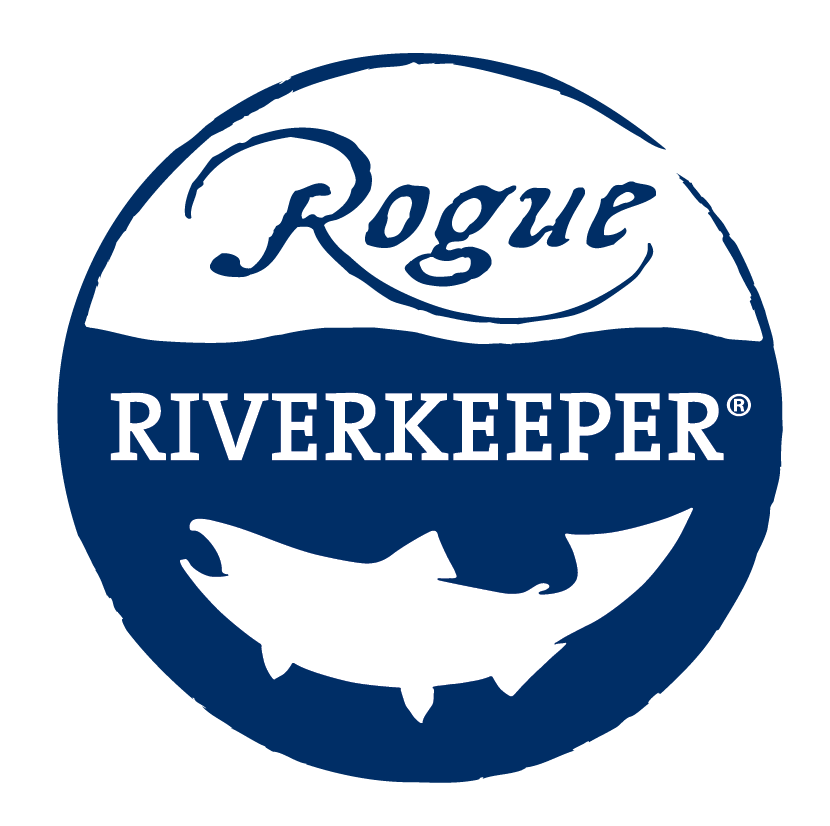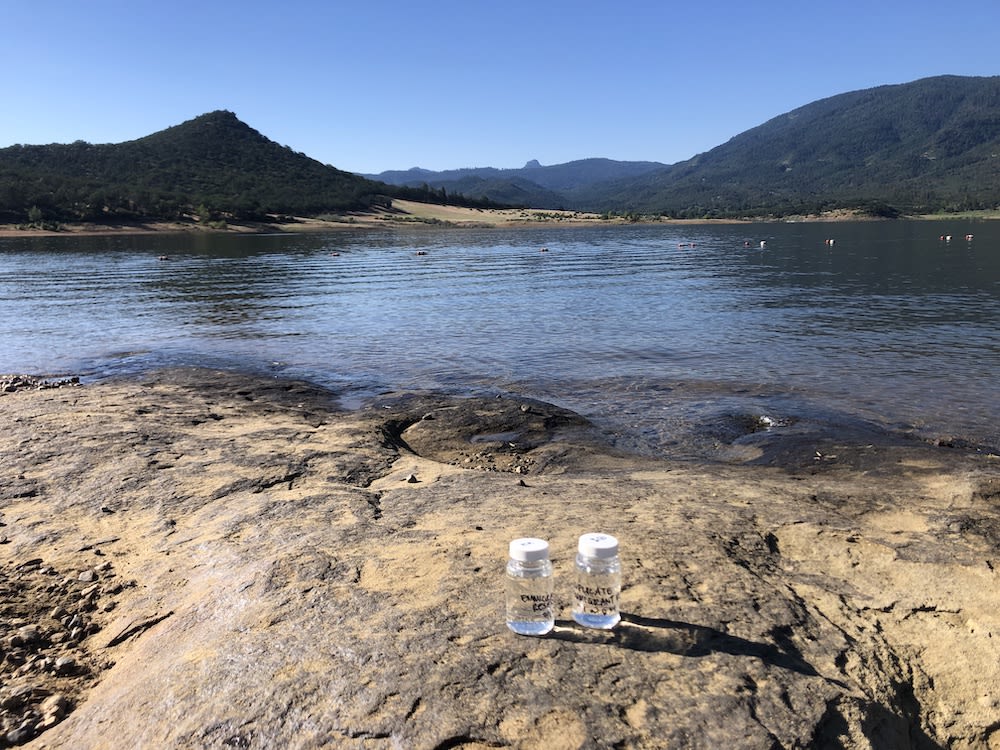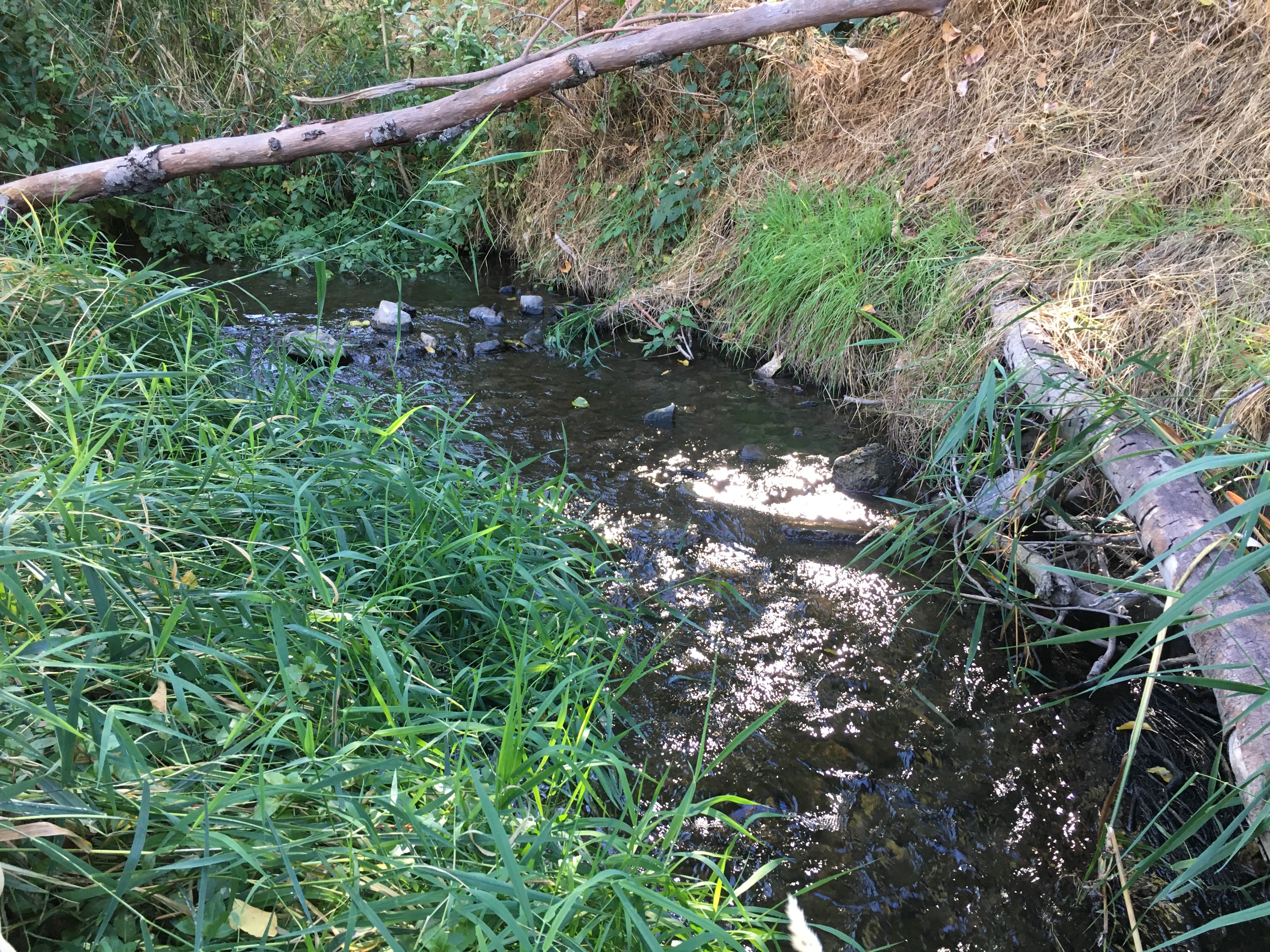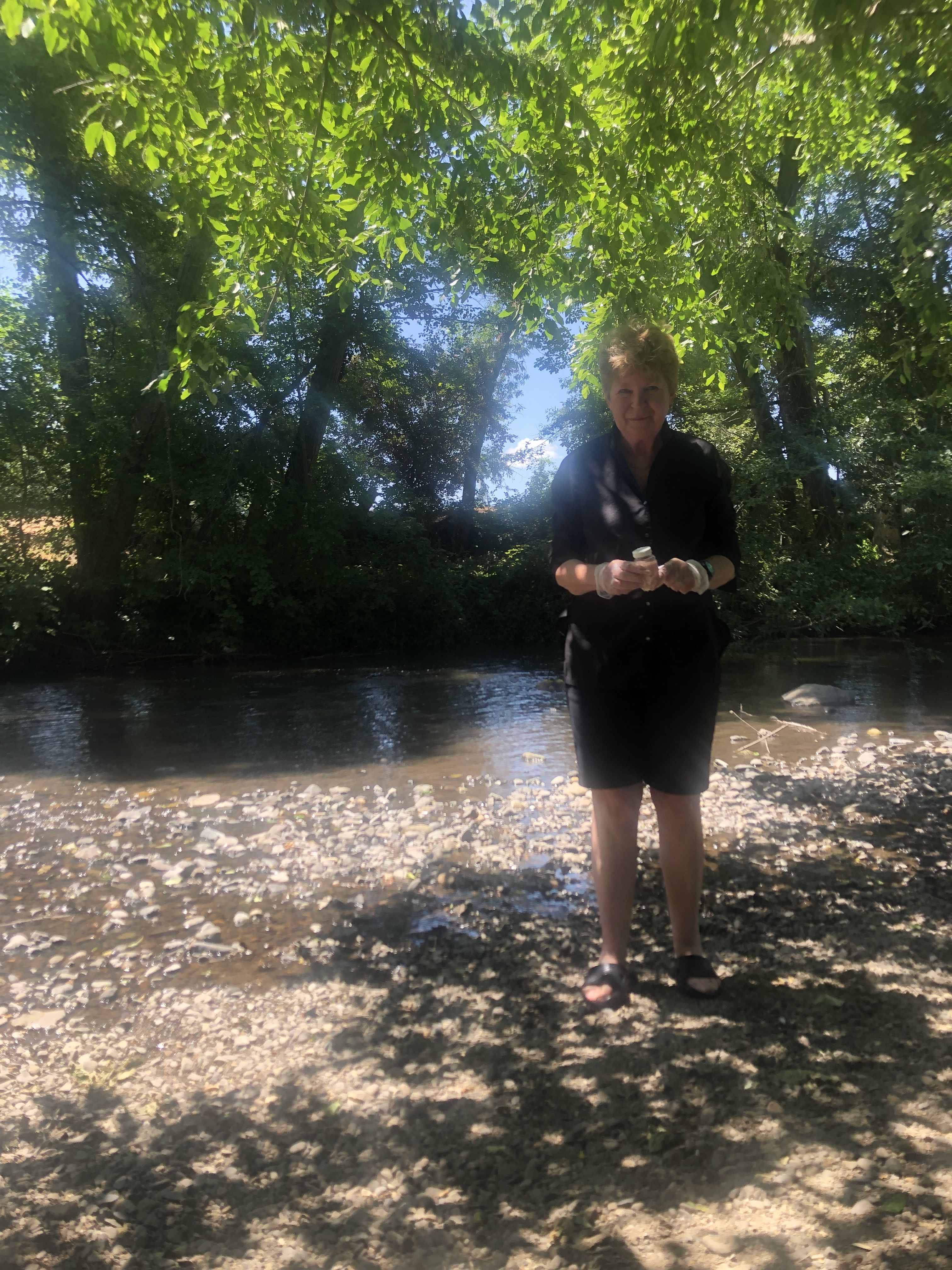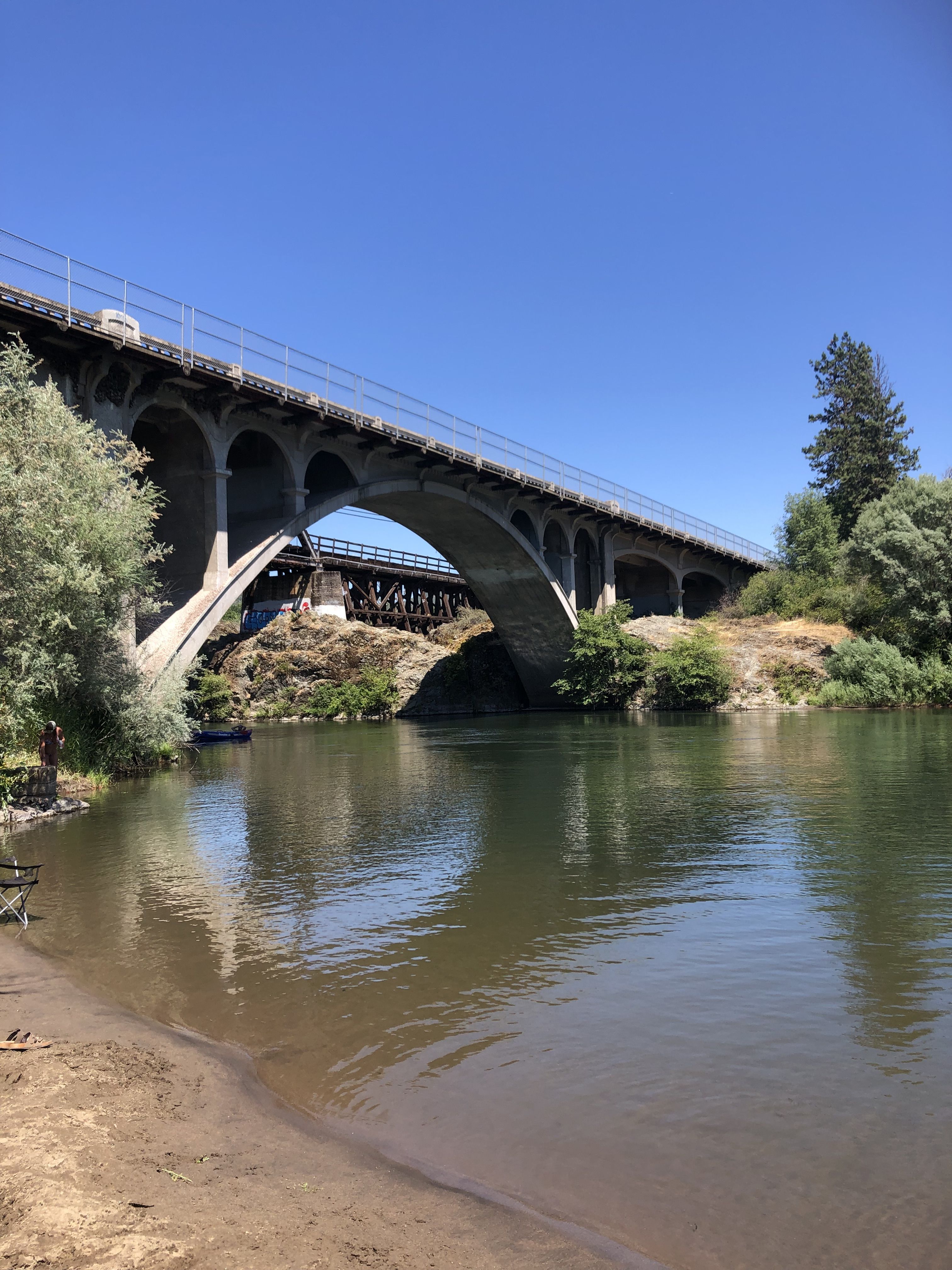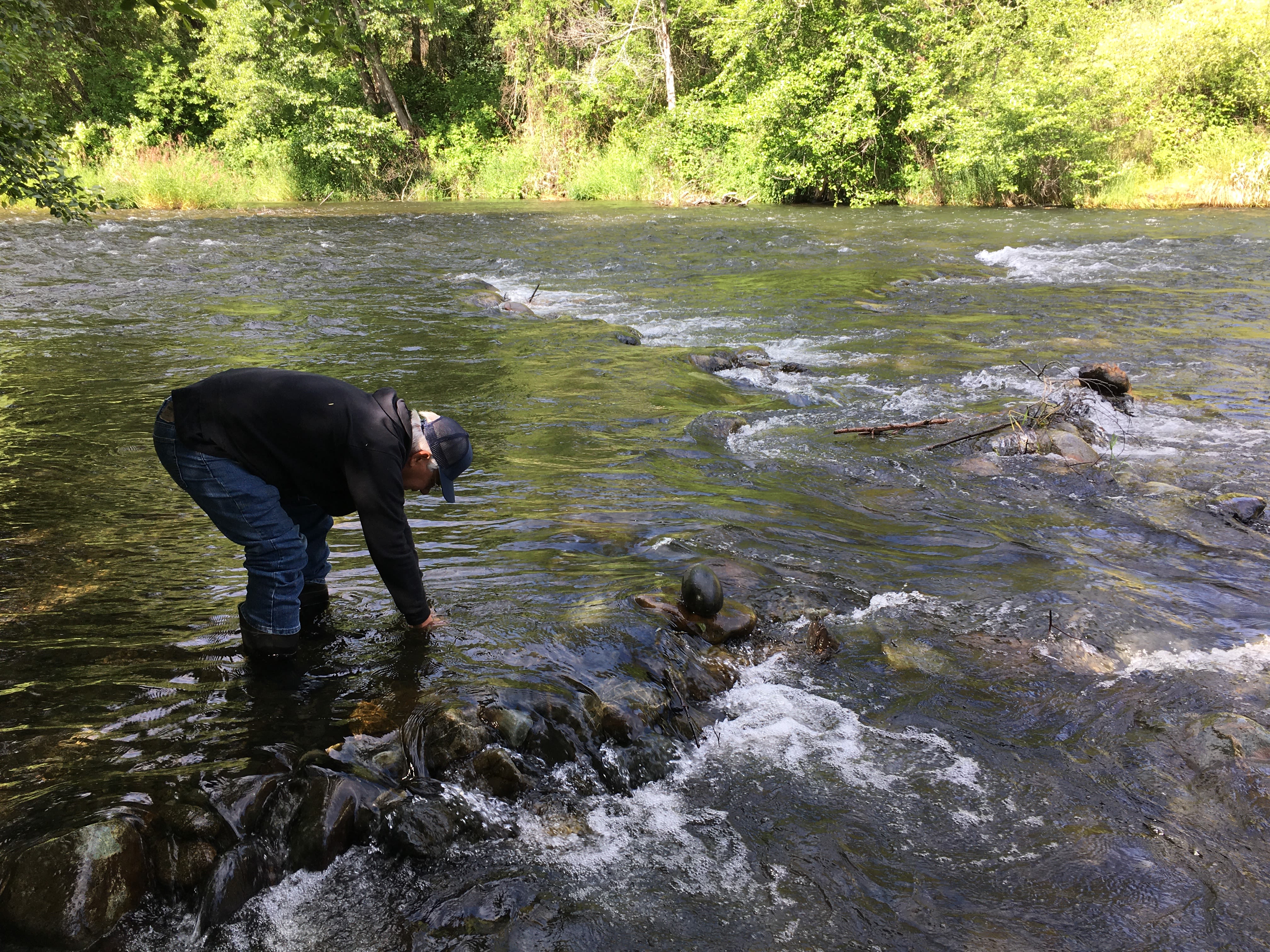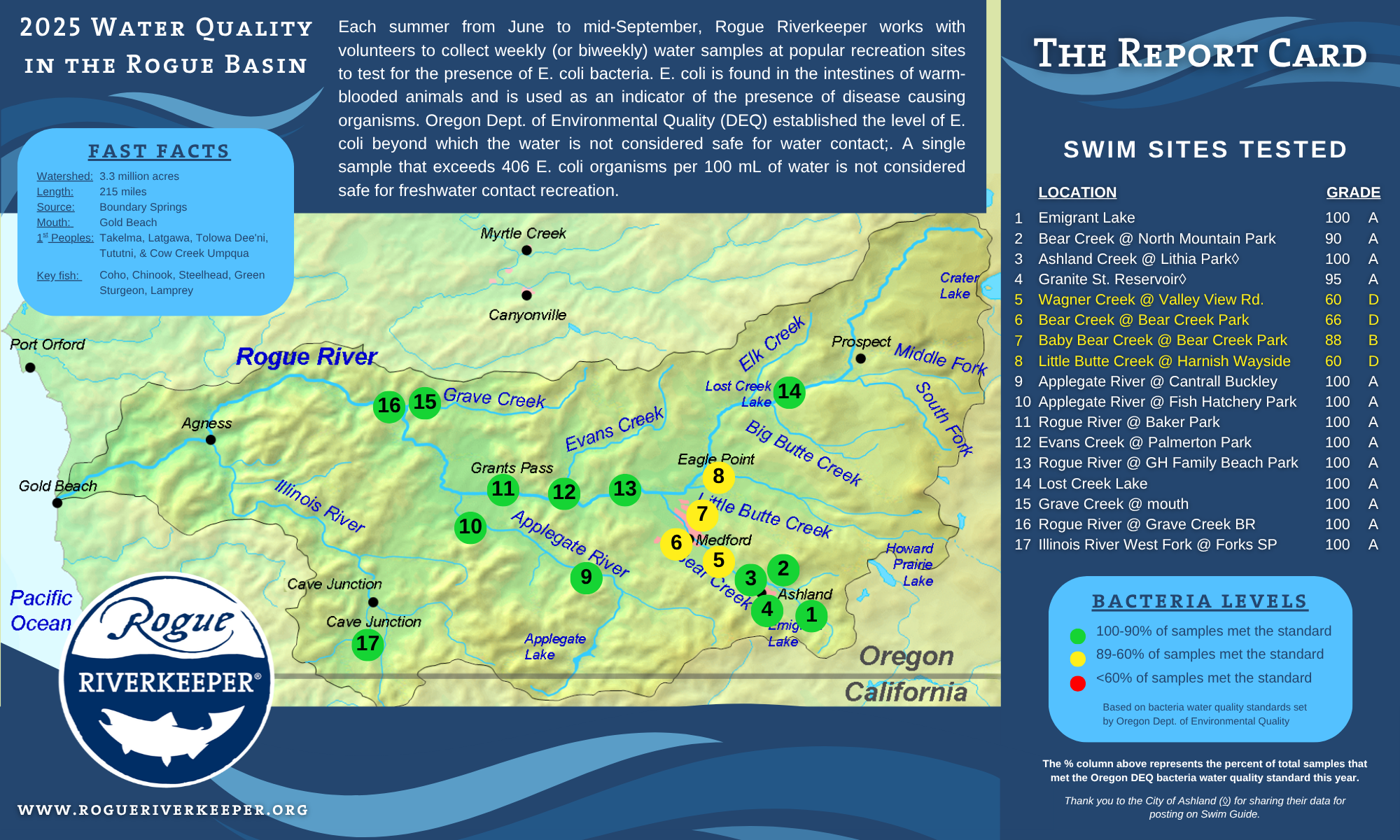Rogue Riverkeeper's
2025 Water Quality Results
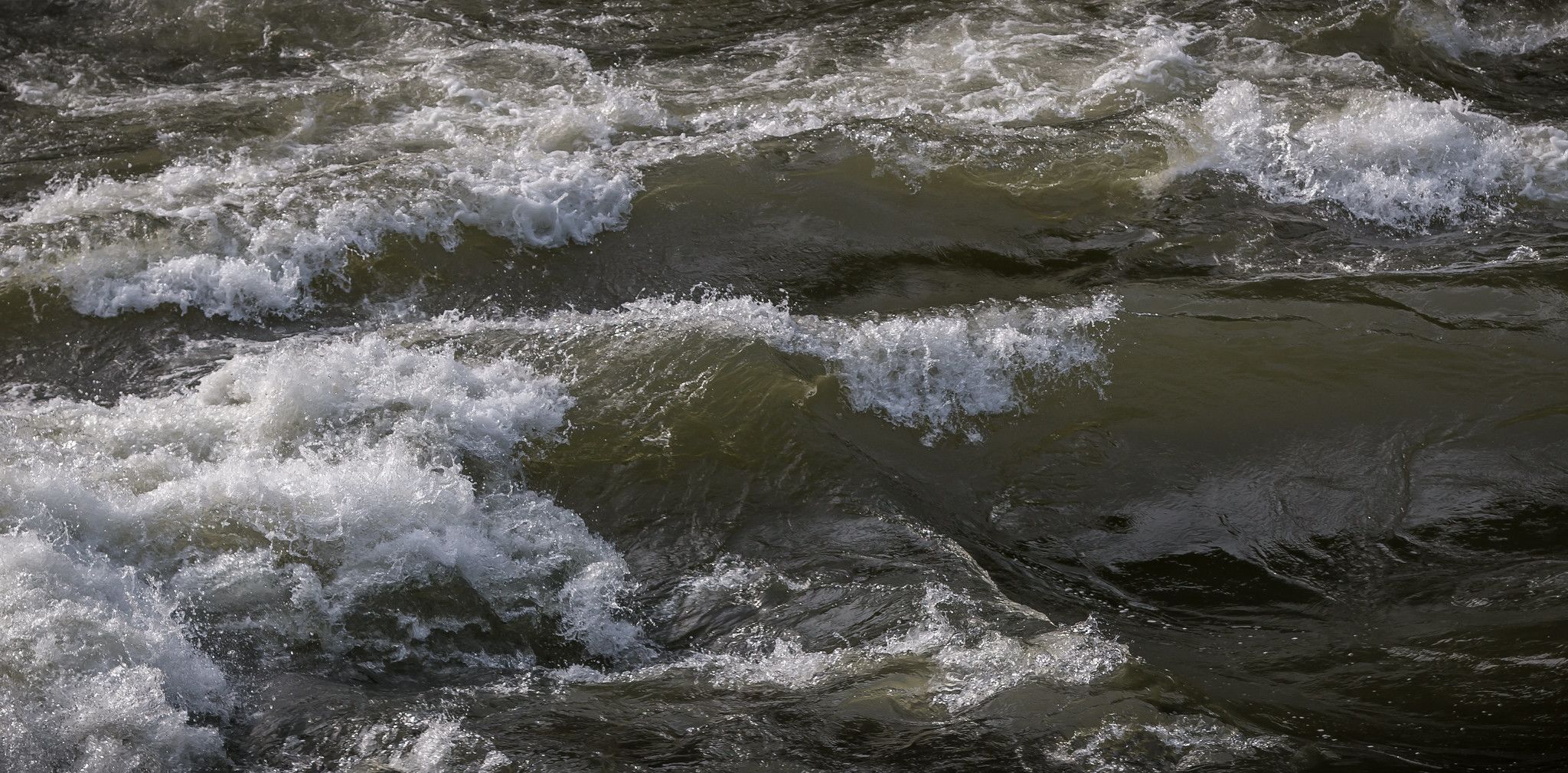
What is the Swim Guide?
Rogue Riverkeeper samples and tests local waterways across the Rogue basin. This year, we sampled from July to September. With contributions from the community and grants from foundations, we are able to hire a seasonal Water Quality Technician who works with volunteers to collect weekly or biweekly water samples at popular recreation sites to be tested in our lab. We share our results on the Swim Guide website and app so you know where it is safe to swim.
No other organization samples these recreation sites and posts this information in an easy to find format.
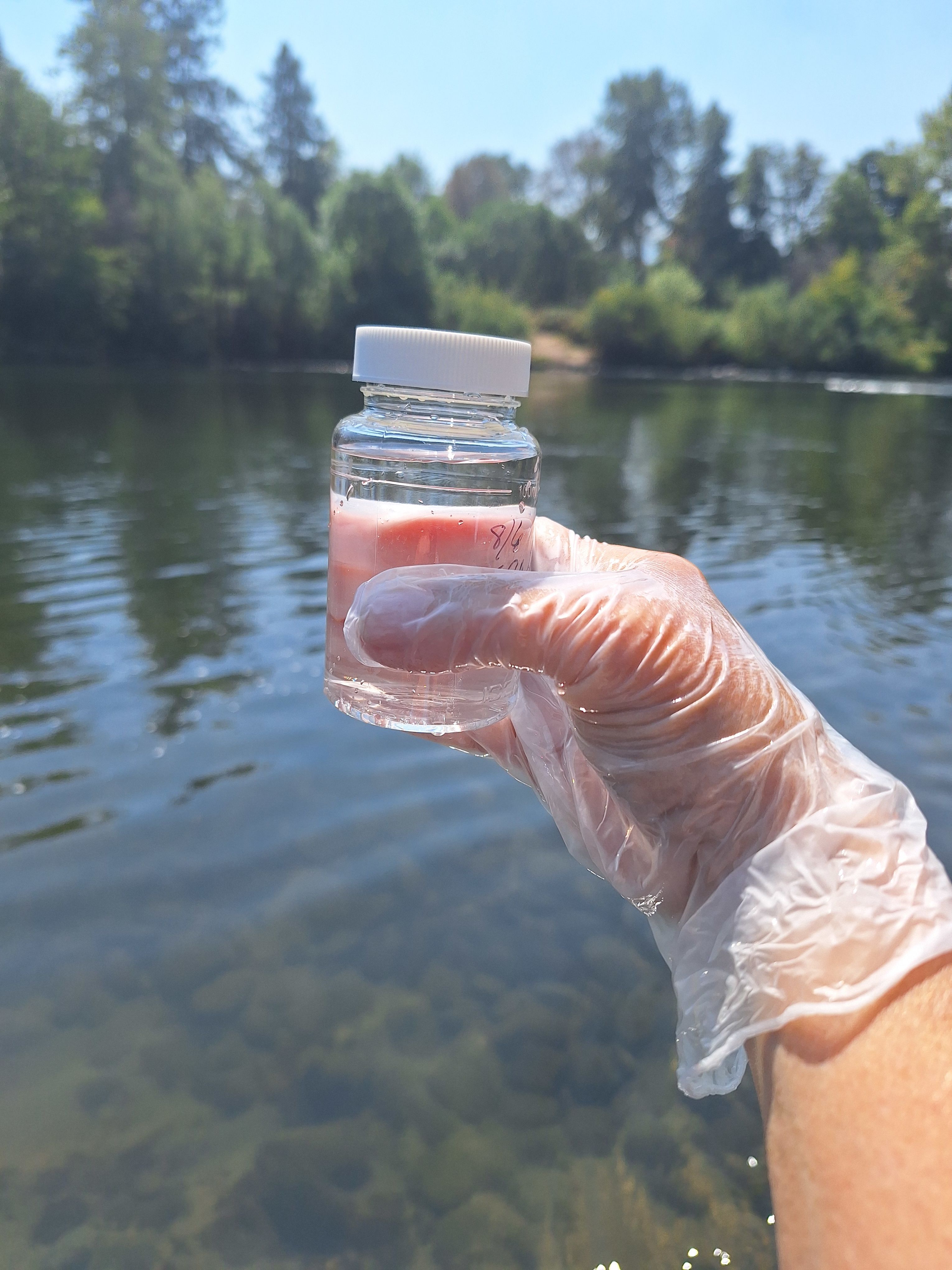
The collected water samples are tested in our lab.
Water samples collected from over a dozen sites across the Rogue basin are brought to our lab for testing. We follow a standardized method for processing and quantifying E. coli bacteria. Our field technician processes the samples the same day they are collected.
A growth medium is added into the water sample that enables the E. coli bacteria to take up a fluorescent molecule. The water sample and medium mixture is then poured into specially designed trays that divide the sample into little cells. The tray is then fed into the heat sealer to seal the water into each cell of the tray.
After sealing, we place the tray into the incubator and wait for 24 hours...
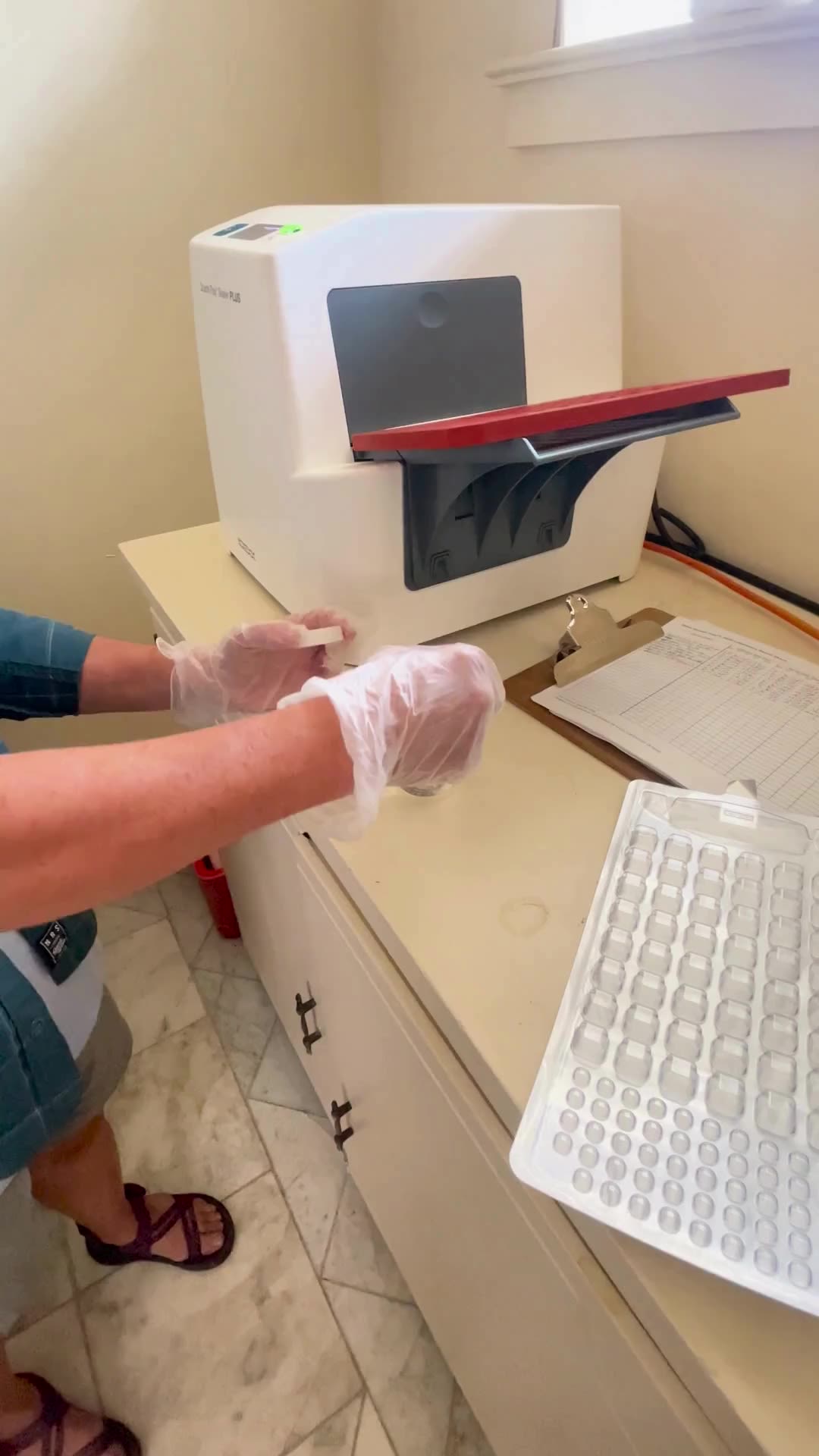
After the 24 hour incubation period, if there is sufficient E. coli, the water in each cell will glow a fluorescent color when viewed under an ultraviolet light.
The number of individual floresing cells will indicate the “most probable number” of colony forming units or “MPN” of E. coli. Bacteria are highly variable so MPN is a statistical method used to estimate the concentration of bacteria in a sample.
A low MPN value indicates a low level of E. coli contamination, while a high MPN value indicates a higher level of contamination.
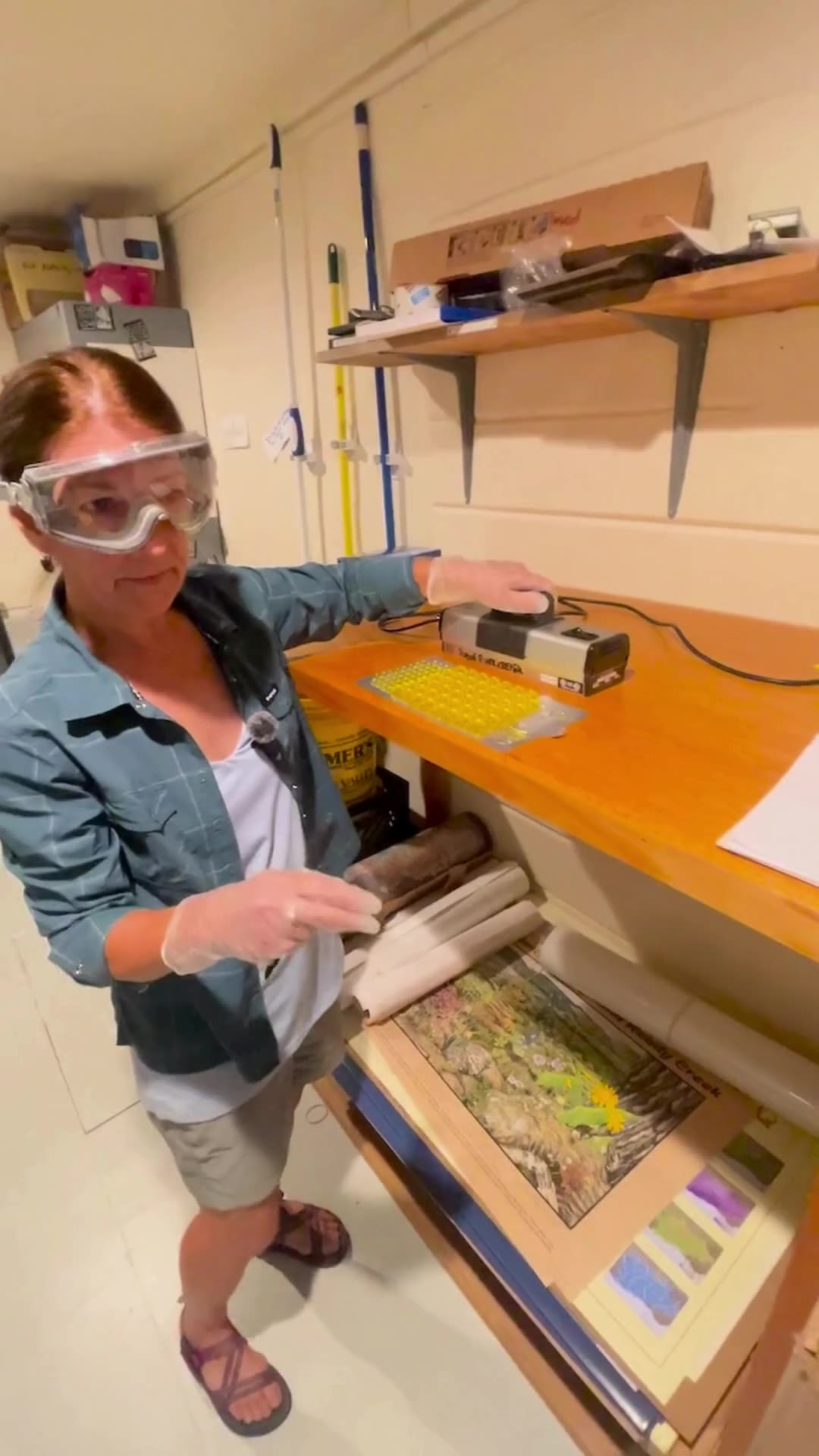
Why does this matter?
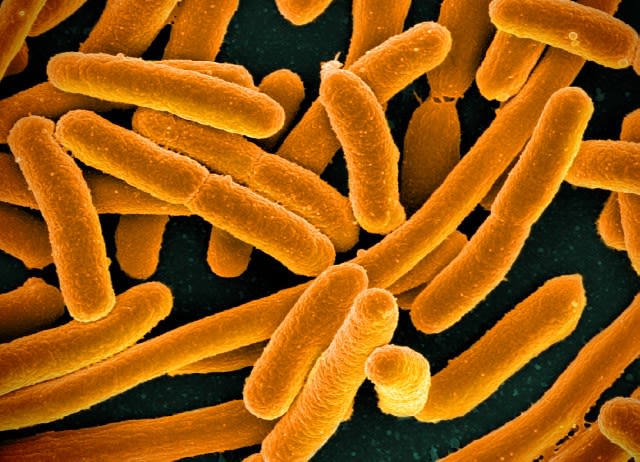
After collecting and processing the water samples, we compare the measured level of E. coli with the Oregon recreational water quality standard of 406 MPN for a single 100 mL sample. This is the limit on the amount of bacteria that can be in a river or stream for it to be considered safe for water contact as established by the Oregon Department of Environmental Quality (DEQ) based on the advice of scientists to protect public health.
Since the source of E. coli is fecal contamination, the levels of E. coli are used as the standard because E. coli indicates the presence of pathogens that can cause gastrointestinal illnesses and make people and pets sick.
If the sample surpasses the standard, it is not considered safe for water contact like swimming and boating. After we interpret the results of the sample analysis, we post whether the location is safe to swim or not on Swim Guide.
There are other substances in water that we do not test for that can also make people sick, like harmful algal blooms or chemical pollution. While one can’t tell if water is safe just by how it looks, always be observant of the water and if in doubt, stay out.
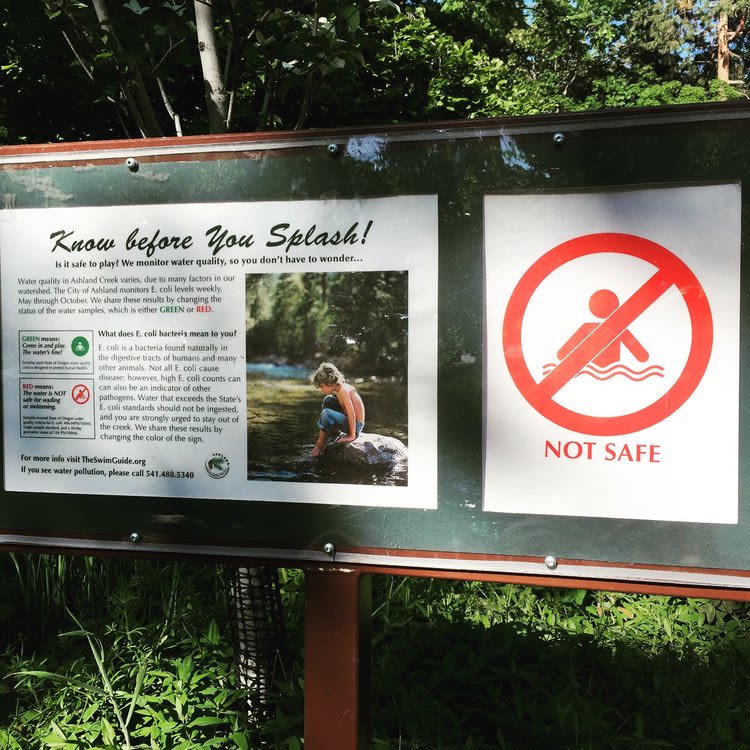
Where do we test?
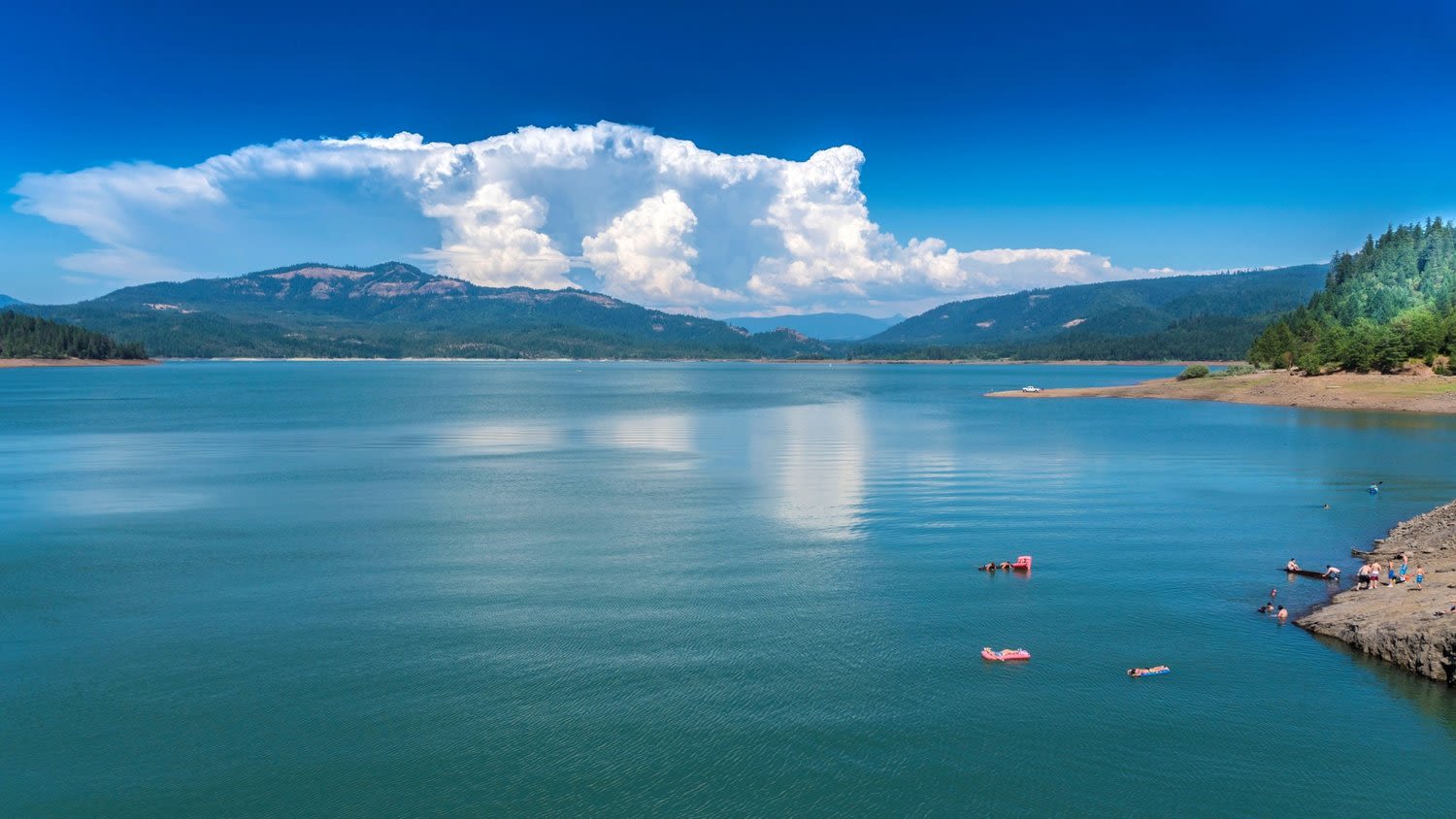
The Rogue Basin
We are fortunate to be surrounded by mostly high quality streams, lakes, and the Rogue River itself. At 5,300 feet, the headwaters of the Rogue River springs from the slopes of the Cascade Mountains.
From the boundary of Crater Lake National Park, 40 miles of the Upper Rogue are designated as Wild & Scenic. William L. Jess Dam forms Lost Creek Reservoir, the only dam on the Rogue.
After Grants Pass, the river cuts a deep canyon through the remote Klamath-Siskiyou Mountains.
From the mouth of the Applegate River to the Lobster Creek bridge, 203.5 miles of the lower Rogue and its tributaries are protected as a Wild & Scenic river.
The Rogue flows into the Pacific Ocean at Gold Beach, Oregon, 215 miles from its source.
Rogue Basin Fast Facts:
Watershed Size: 395 square miles
Land Uses: Forest (46%), Ag (35%), Urban (18%)
First Peoples: Takelma, Latgawa, Shasta
Water Quality Concerns: Irrigation & urban runoff, wastewater, trash
Pictured: Water Quality samples at Emigrant Lake in Ashland
Pictured: Water Quality samples at Emigrant Lake in Ashland
In the Ashland vicinity, we publish water quality results for four sites. Our partner for the two Lithia Park locations is the City of Ashland.
|
Site |
2025 Testing Pass Rate |
|
Emigrant Lake |
100% |
|
Ashland Creek at Lithia Park Playground |
100% |
|
Granite Street Reservoir |
95% |
|
Bear Creek at North Mountain Park |
90% |
Pictured: Wagner Creek in Talent
Pictured: Wagner Creek in Talent
Downstream in the Bear Creek watershed, we sample at Wagner Creek, which runs through the town of Talent, OR.
In 2025, only 6 out of 10 samples met the water quality standard for safe contact, giving this site a score of 60% and a grade D.
|
Site |
2025 Testing Pass Rate |
|
Wagner Creek at Valley View Rd in Talent |
60% |
In Medford and Eagle Point, we sampled at 3 sites. These sites also often did not meet the standard for safe water contact.
In Medford, Bear Creek passed 6 out of 9 times giving it a score of 66% and a grade of D. Baby Bear Creek passed 7 out of 8 times giving it a score of 88% and a grade of B.
In Eagle Point, Little Butte Creek passed 3 out of 5 times giving it a score of 60% and a grade of D.
Pictured: RRK volunteer at Bear Creek Park in Medford
Pictured: RRK volunteer at Bear Creek Park in Medford
|
Site |
2025 Testing Pass Rate |
|---|---|
|
Bear Creek at Bear Creek Park |
66% |
|
Baby Bear Creek at Bear Creek Park |
88% |
|
Little Butte Creek |
60% |
In Gold Hill, the town of Rogue River, and Grants Pass, we publish water quality results for 3 sites. These locations consistently have better water quality.
Pictured: The Rogue River at Gold Hill Family Beach Park
Pictured: The Rogue River at Gold Hill Family Beach Park
|
Site |
2025 Testing Pass Rate |
|---|---|
|
Rogue River at the Gold Hill Family Beach Park |
100% |
|
Evans Creek at Palmerton Park |
100% |
|
Rogue River at Baker Park |
100% |
On the Applegate River, we publish water quality results for 2 sites. This tributary of the Rogue River also has consistently better water quality at these sample locations.
Pictured: RRK volunteer sampling in the Applegate River
Pictured: RRK volunteer sampling in the Applegate River
|
Site |
2025 Results |
|---|---|
|
Applegate River at Fish Hatchery Park |
100% |
|
Applegate River at Cantrall Buckley Park |
100% |
So how did 2025 water quality across the Rogue basin look overall?
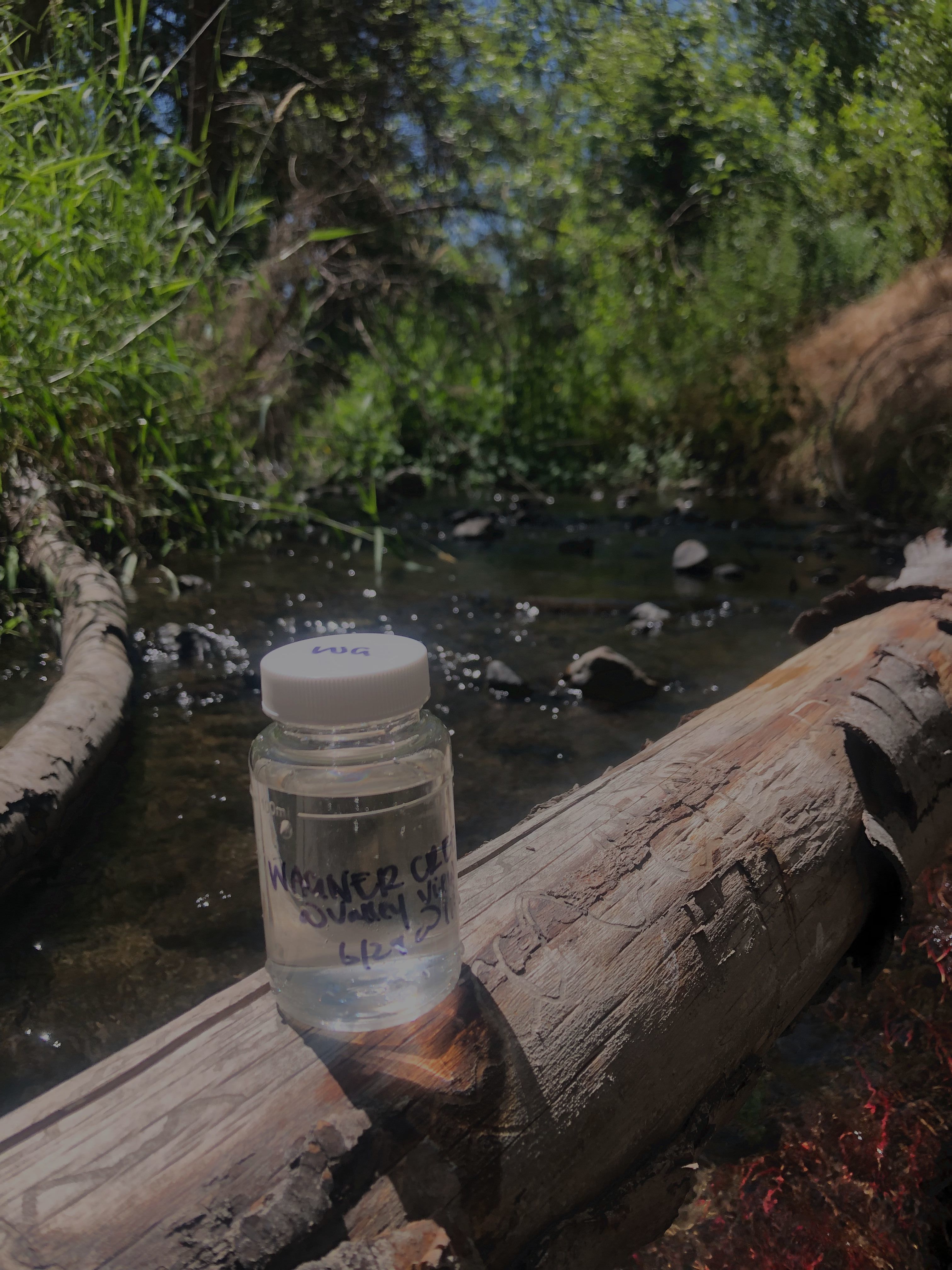
Overall, the results were optimistic! Most sites tested negative throughout the duration of our season, indicating safe recreation for humans and pets.
Unfortunately two sites struggled to receive passing grades this summer: Wagner Creek, which flows through Talent, and Little Butte Creek, which flows through Eagle Point.
Both streams have rural residential and agricultural land upstream. After Rogue Riverkeeper’s sampling results in Talent, several agencies stepped up with additional sampling of Wagner Creek upstream of town and found high levels of bacterial contamination, indicating that the bacteria is getting into the creek before Wagner Creek enters town. Rogue Riverkeeper sampling results led to partners performing EDNA analysis of Wagner which has indicated that most of the bacteria is human in origin (dumping or leaking septic systems likely). Rogue Riverkeeper will be working with the OR DEQ, OR Dept. of Ag, and others to discuss next steps to reduce bacterial pollution in this stream.
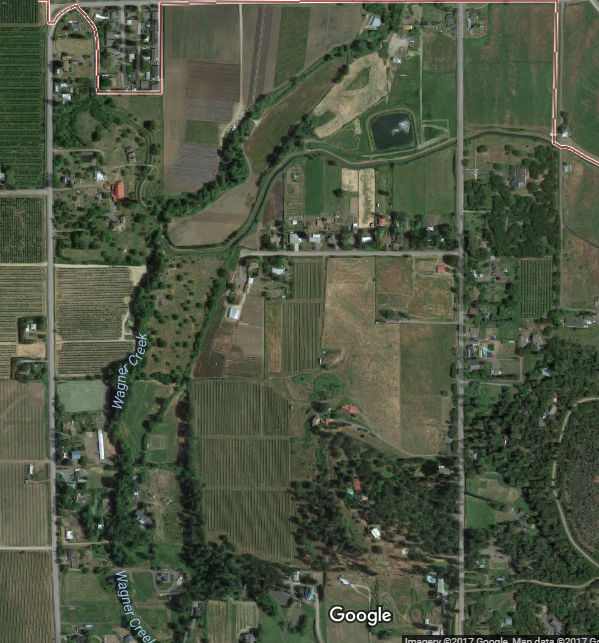
See the season's summary in the 2025 Report Cards
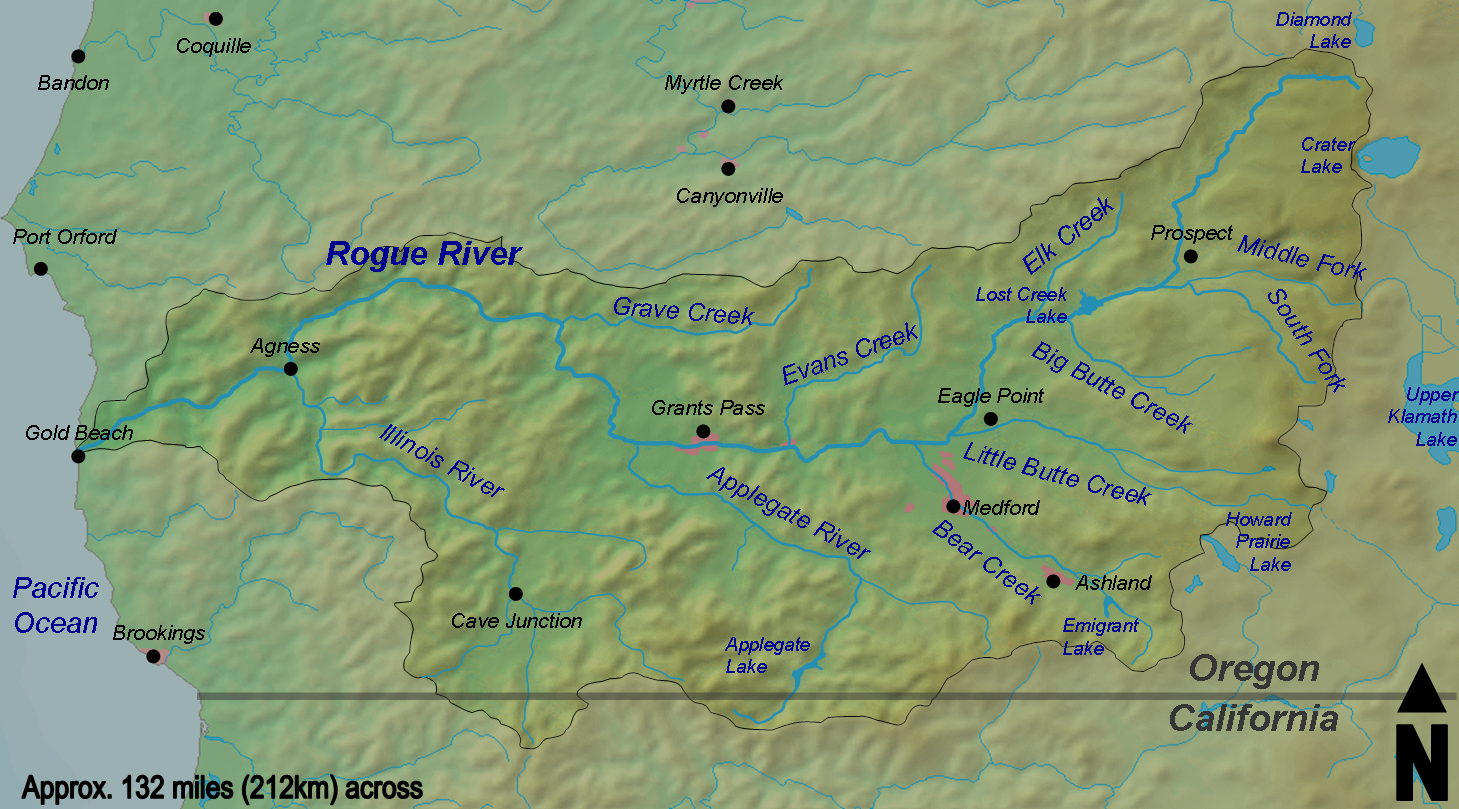

We'd like to thank our 2025 Water Quality Field Technician, Kathryn, and our incredible crew of volunteers who dedicated their time to collecting samples to contribute to another successful year of water quality monitoring!
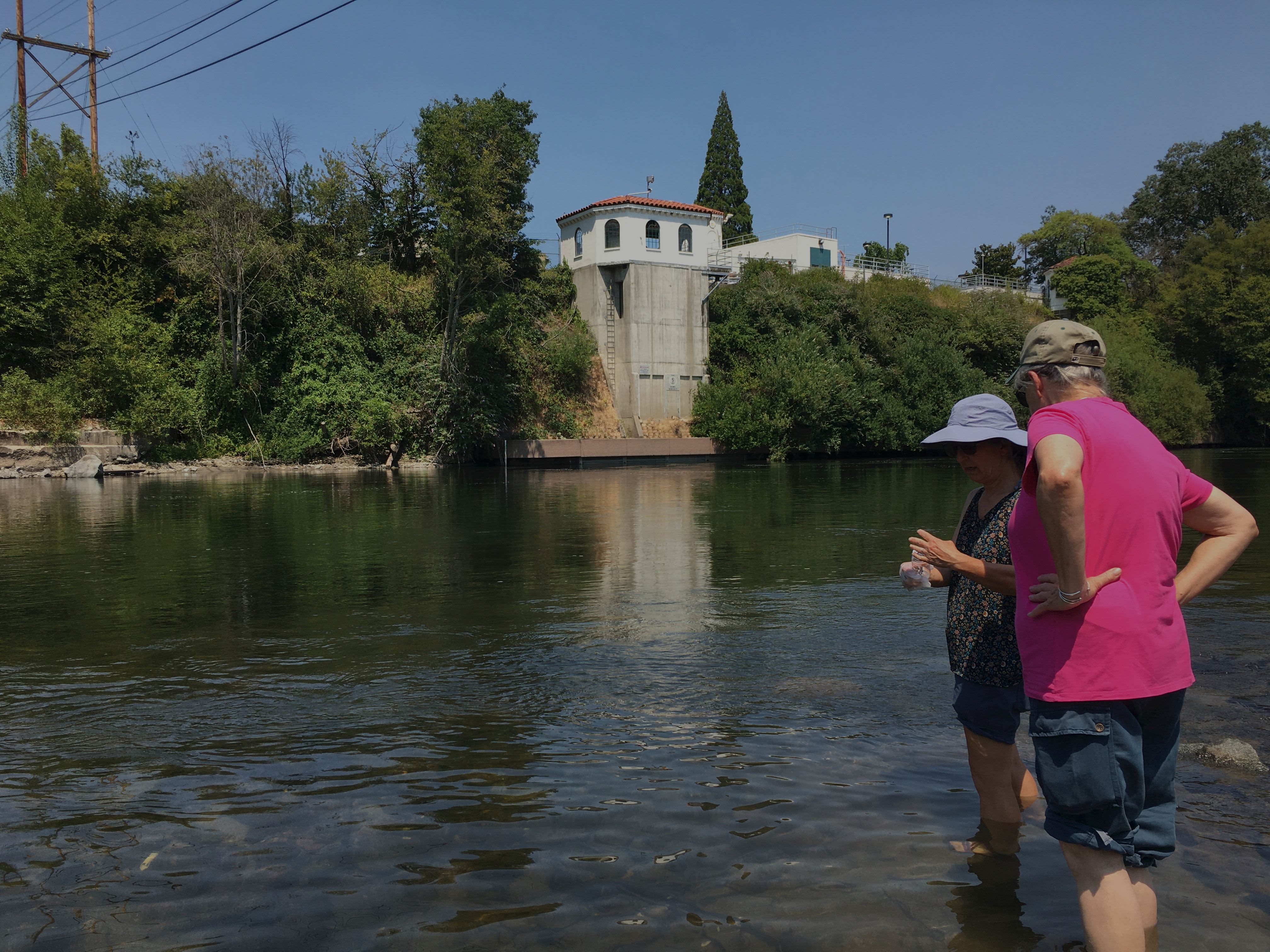
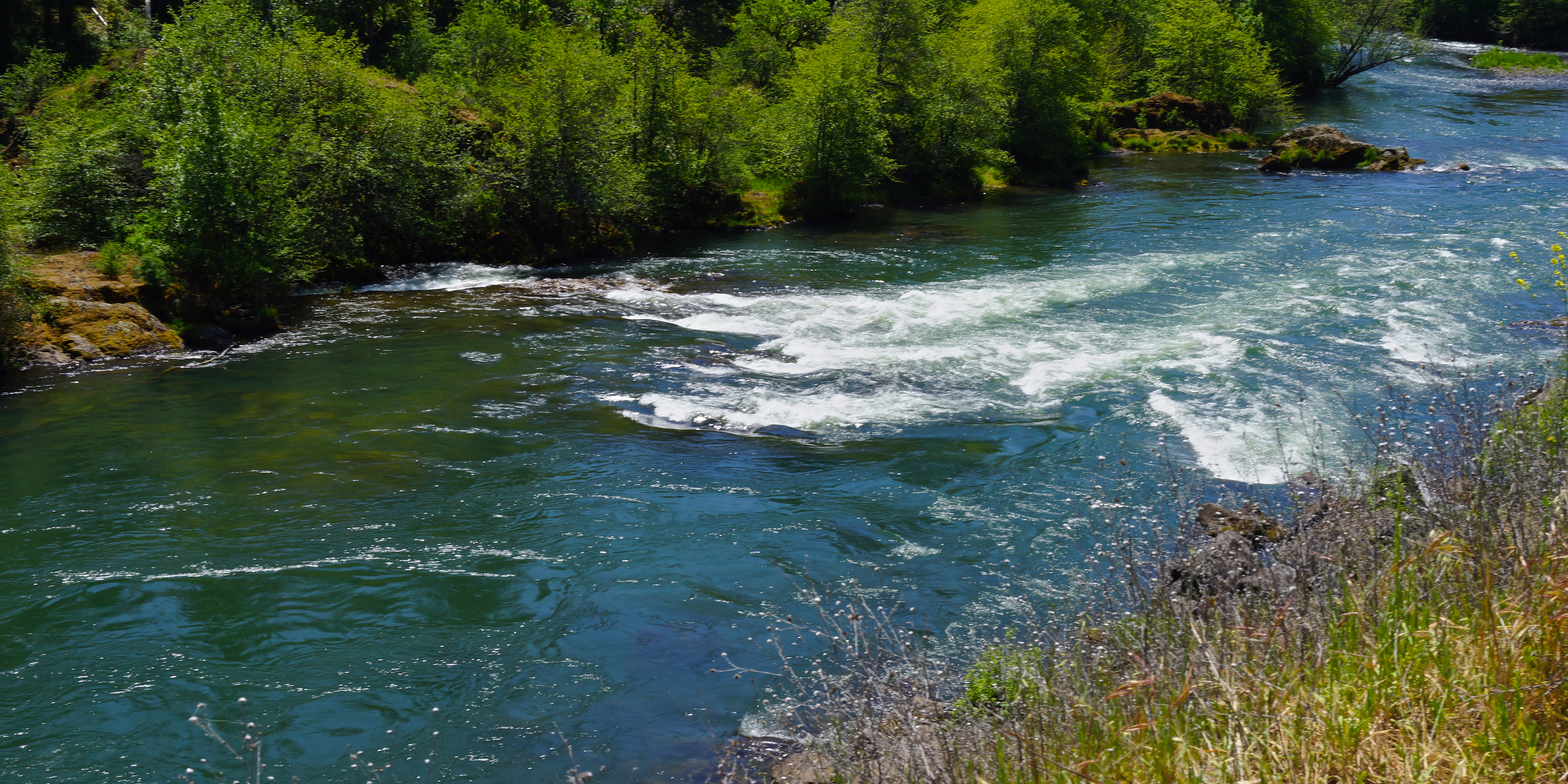
Want to get involved with next year's water quality monitoring?
Our water quality monitoring is 100% funded by foundations and supporters like you. You can support our Swim Guide work by making a donation today!
This work is not possible without volunteer support. You can also sign up here to become a volunteer for the 2026 season.
